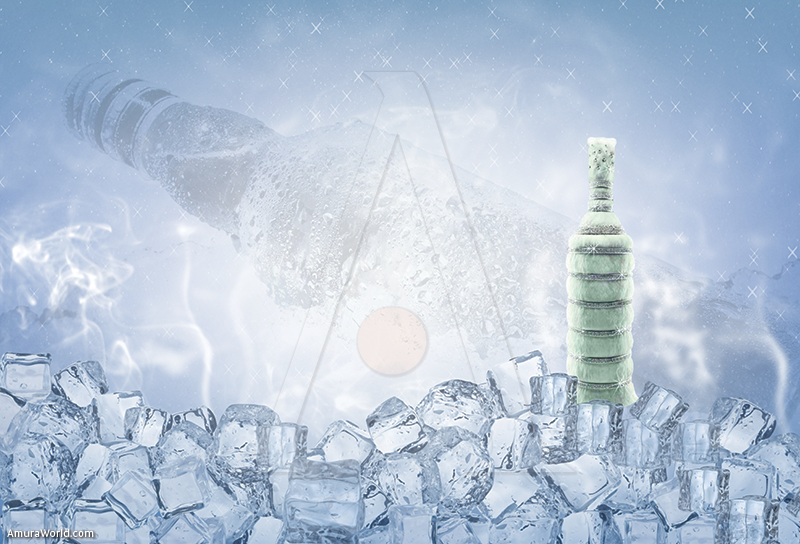Excellence for the Tsars
It was the year 1386, the year in which the wine alcohol was introduced by Genoese traders in Moscow, but was considered a “harmful pottage” for which the Russian government banned their import into the country, the discovery that alcohol could be extracted from wheat and rye, it wasn’t until later when this negative idea disappeared and began producing the first vodka that was called “bread wine”. Since the production of vodka was very cheap, the government of “Ivan IV the Terrible” proclaimed its manufacturing, starting from this moment the history of vodka begins.
At first, vodka was only made in Moscow and until the eighteenth century Russian vodka was called Moscovite. However, the low-quality vodka existed until the appearance of Empress Katerina II, who noted that the benefits of this industry hadn’t been exploited correctly, but was in extreme profitable; leading to the development of vodkas in the estates of the nobles. Here’s when you drink crystal purity and high quality. The Russian nobles regarded with great dishonor the production of a mediocre product. This led the way to the invention of factories, which used a method of purging the vodka through charcoal.
The current composition of vodka is due to the inventor of the periodic table of elements, Dmitri Mendeleev, who discovered that the ideal ratio of water / alcohol was 40°. According to Mendeleev vodka exact formula is: 45.88% alcohol and 54.12% water, the weight of a liter of vodka is 951 gr.
In 1894 the Russian government certified mendeleievskaya vodka as a Special Moskovskaya. The standard of 40 ° at the time, put a great distance between Russian vodka and all European hard liquor, in which the amount of alcohol did not exceed that graduation. In Russia, the production of wine used rye bread, while in Europe they created it with beet or potato. Many still claim that rye vodka is the best quality. The German philosopher and essayist Friedrich Engels, noticed a difference: the hangover caused by rye vodka is less violent than the the one made of potato. The soft character of the Special Moskovskaya mineral water was due to Russian soil. These two components, water and raw materials, to date, according to experts, allow Russian vodka to differentiate from their Western analogues.
After World War II, vodka was no longer an exclusive product of Russia, Poland, Ukraine, Slavic and Baltic countries began its production into the West, mainly in the U.S. and Scandinavia, even Japan, its use was extended worldwide.
Text: Amura ± Photo: Billonaire Vodka/ BP

